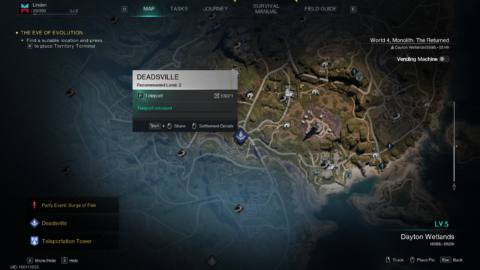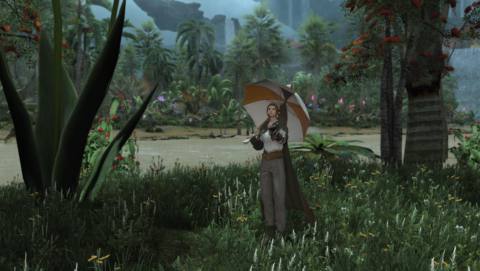What is it?: A first person, globetrotting adventure starring everyone’s favorite archeologist.
Release date: December 8, 2024 (Dec 5 advanced access)
Expect to pay: $70/£60
Developer: MachineGames
Publisher: Microsoft
Reviewed on: Nvidia GeForce RTX3070, Intel Core i5 12600K, 32GB RAM
Steam Deck: All signs point to “no”
Link: Official site
I wasn’t over the moon about the prospect of a triple-A Indiana Jones game before starting The Great Circle. A new MachineGames joint, now that’s something I’d hang my hat on, but Dr. Jones? How many stories could there be left to tell about the Connecticut-based archeologist named after Illinois’ weird little neighbor? Well it turns out he had at least one damn good videogame left in the tank—MachineGames’ finest to date.
The pairing made great sense on paper: The neo-Wolfenstein games were pulpy, swashbuckling adventures with tons of heart where a lovable, all-American protagonist gave those dastardly Nazis what-for. But I didn’t believe it, feel it until Indy donned a Catholic priest’s vestments to go undercover in a fascist-occupied Vatican—a miniature open world that I can only compare to the best hubs of the Deus Ex series. The combat, stealth, and puzzles are all simple but fun enough (maybe not the stealth—more on that later), but paired with The Great Circle’s phenomenal levels and nailing of what makes Jones such an iconic character, the result is a Batman Arkham-tier “who knew a licensed game about this guy could be this good?”
Crouch walking
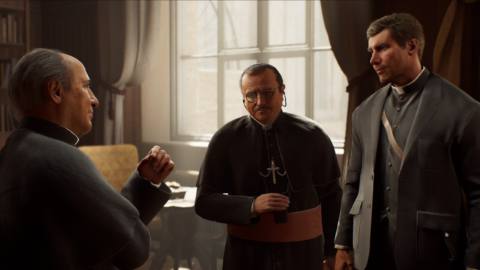
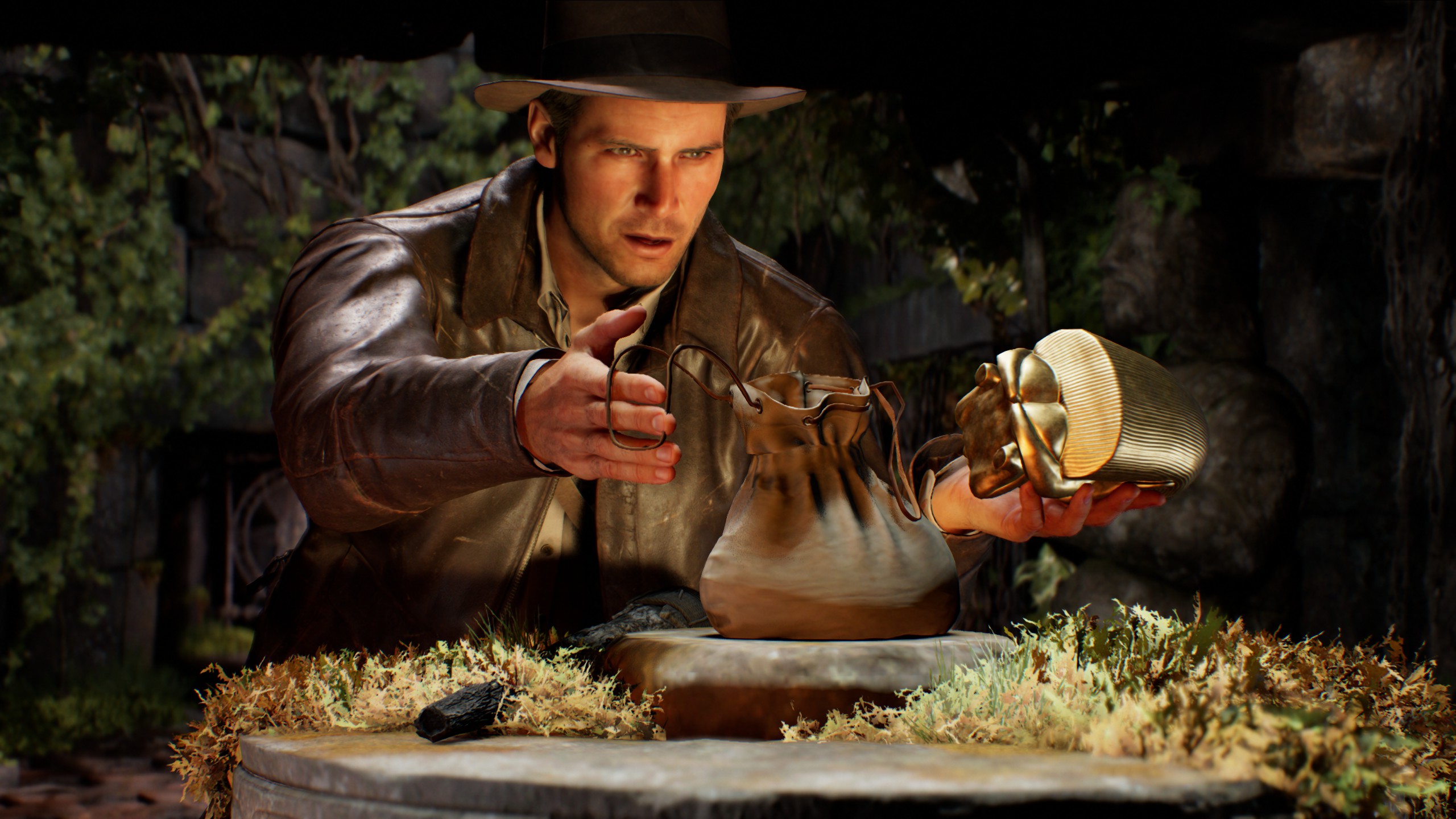
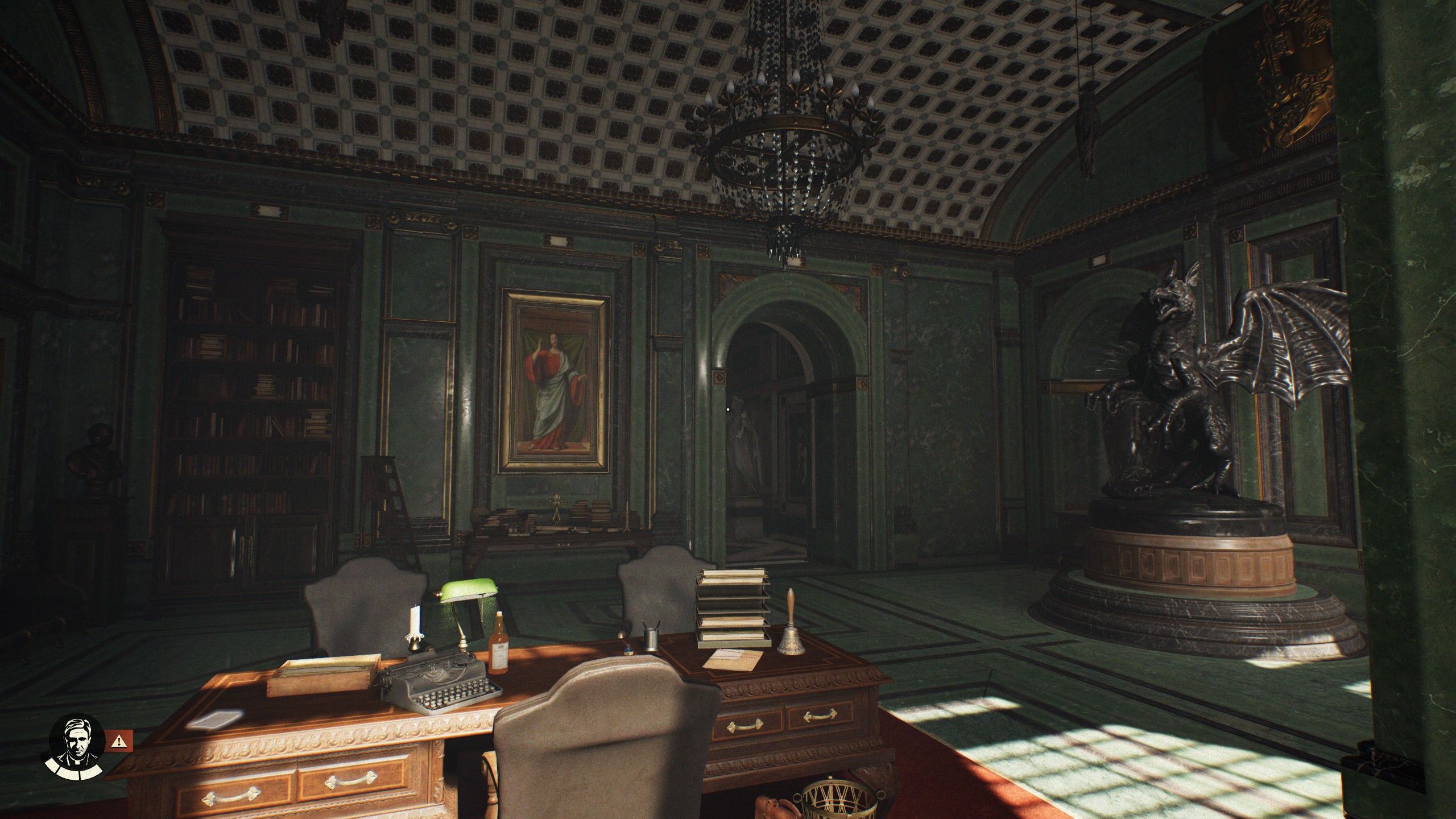
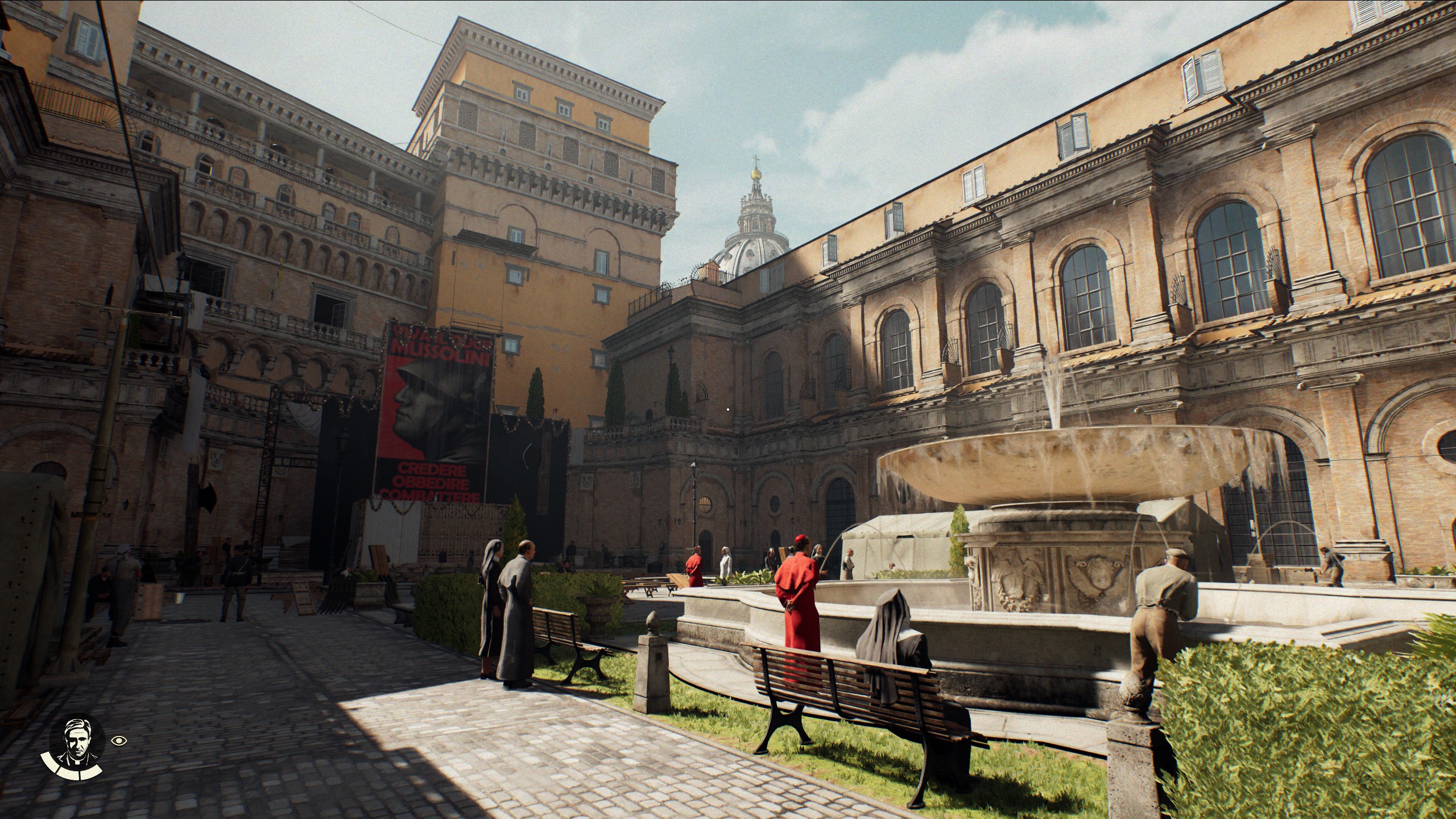
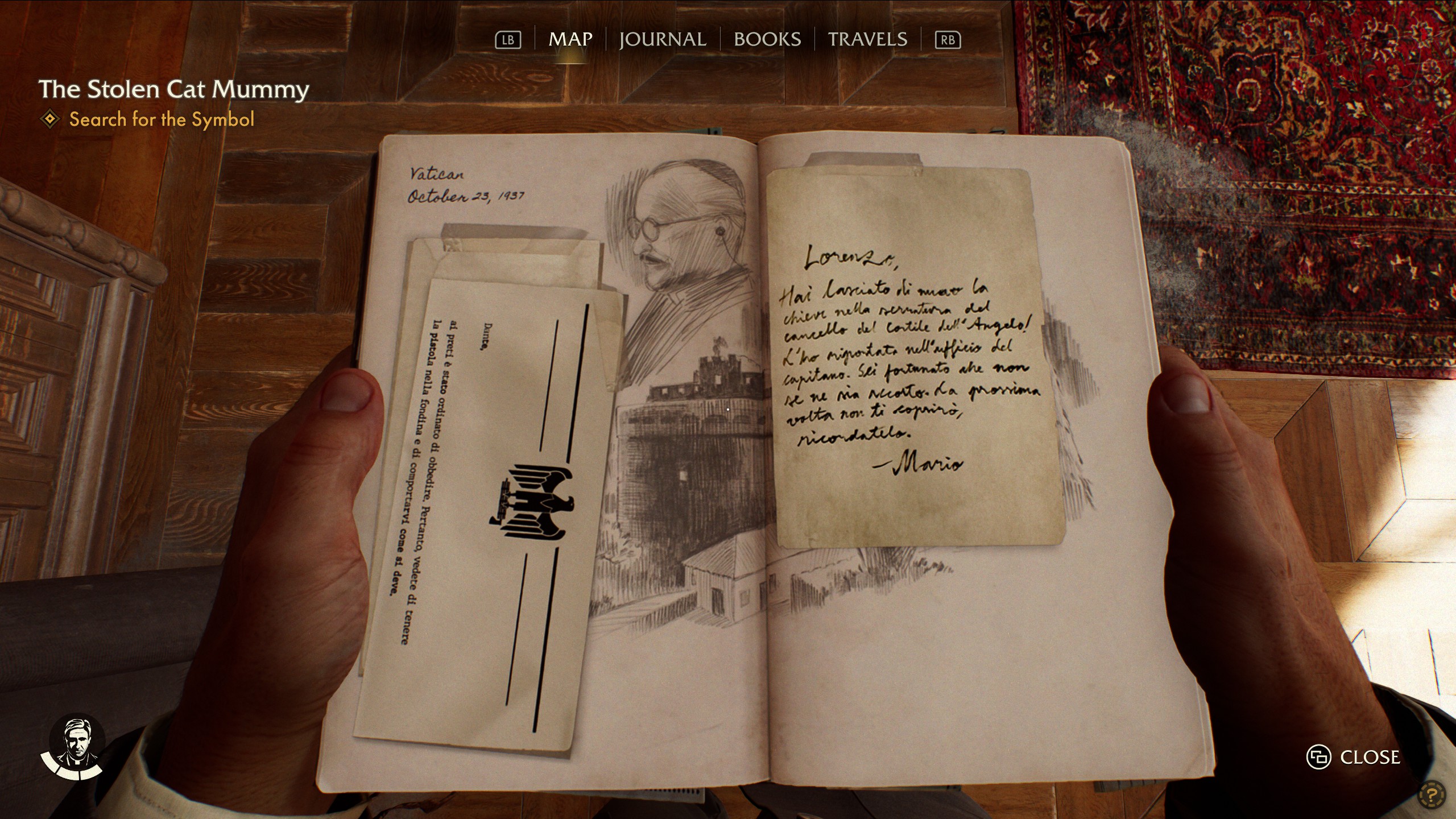
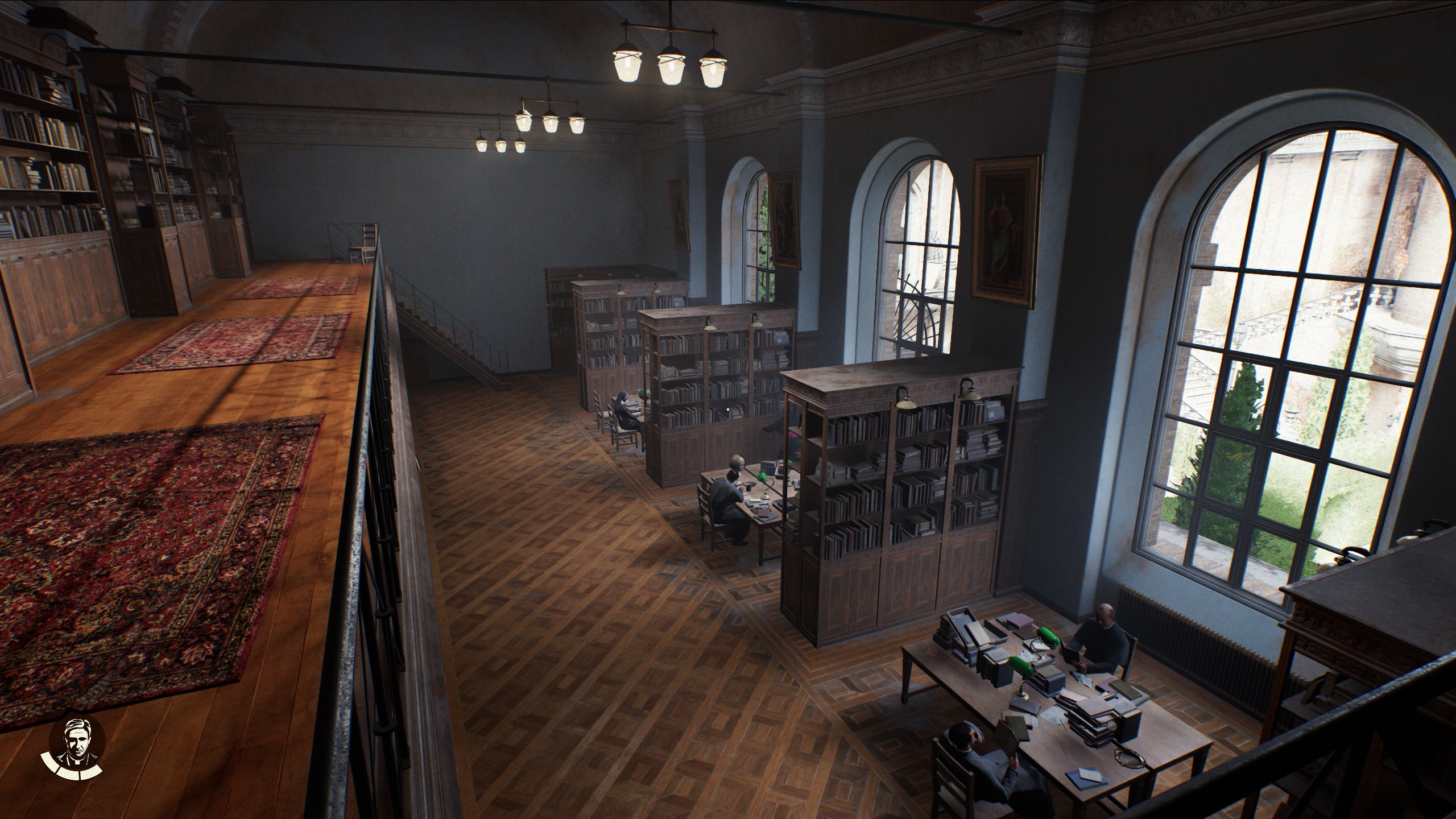
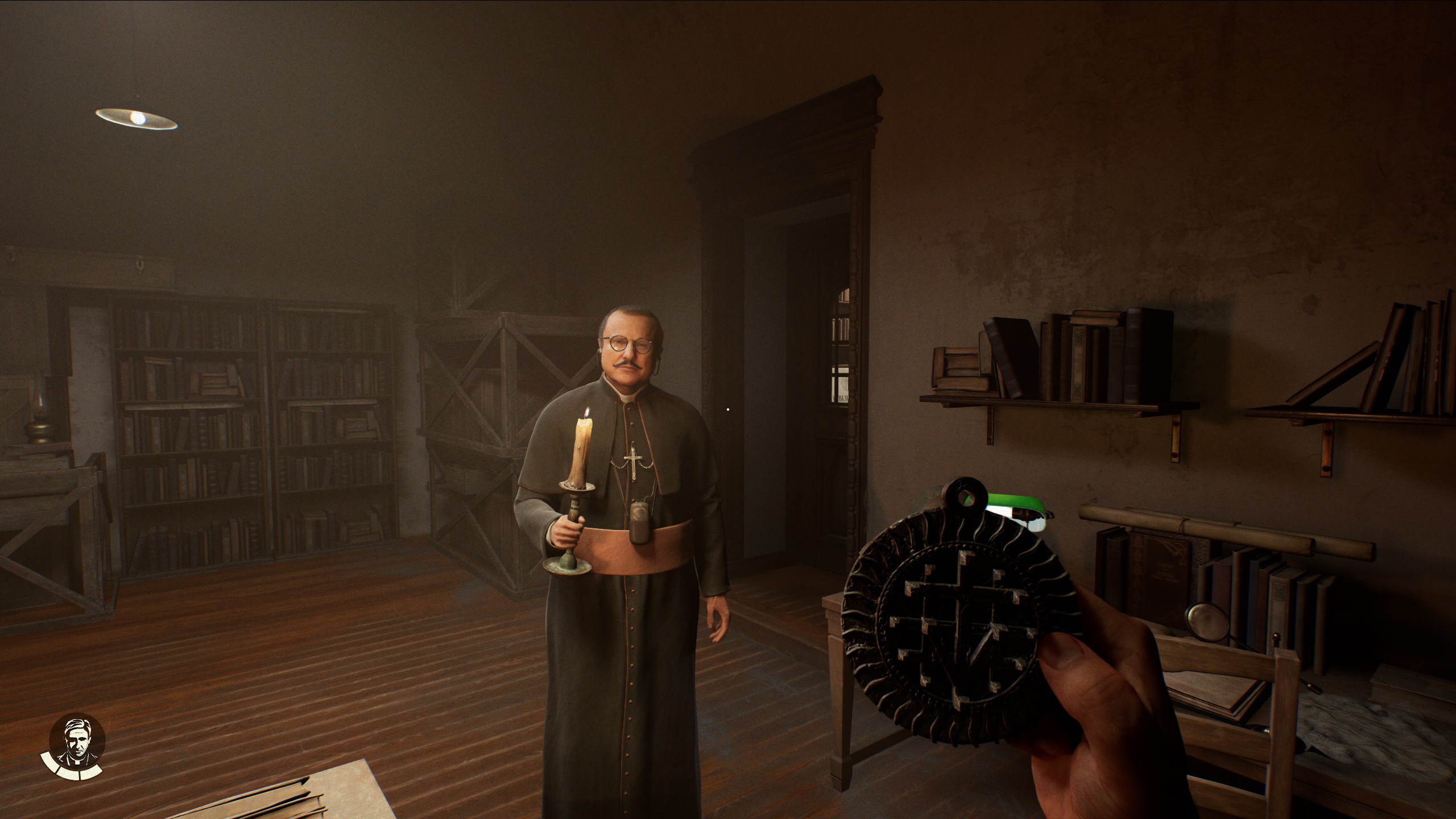
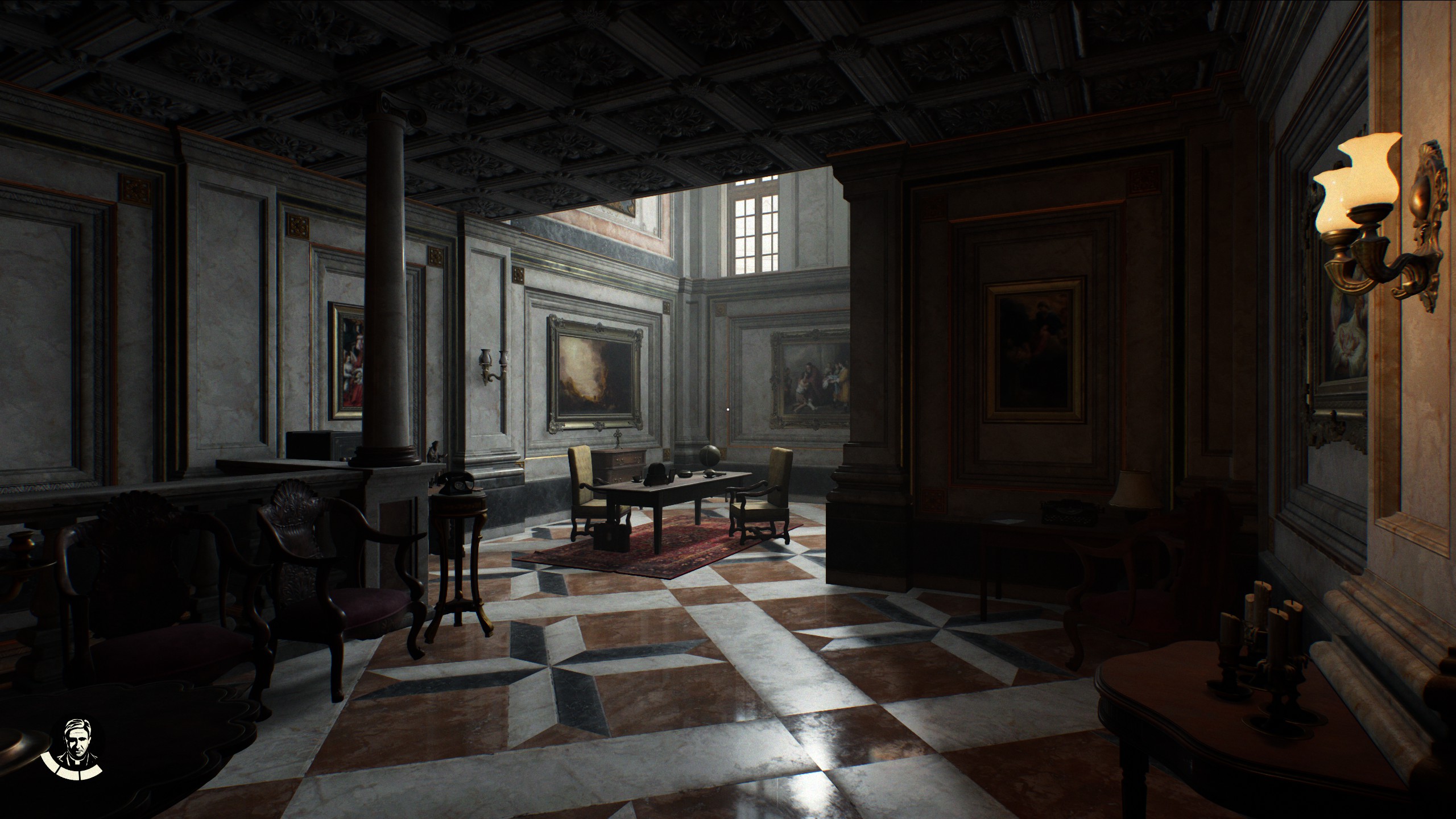
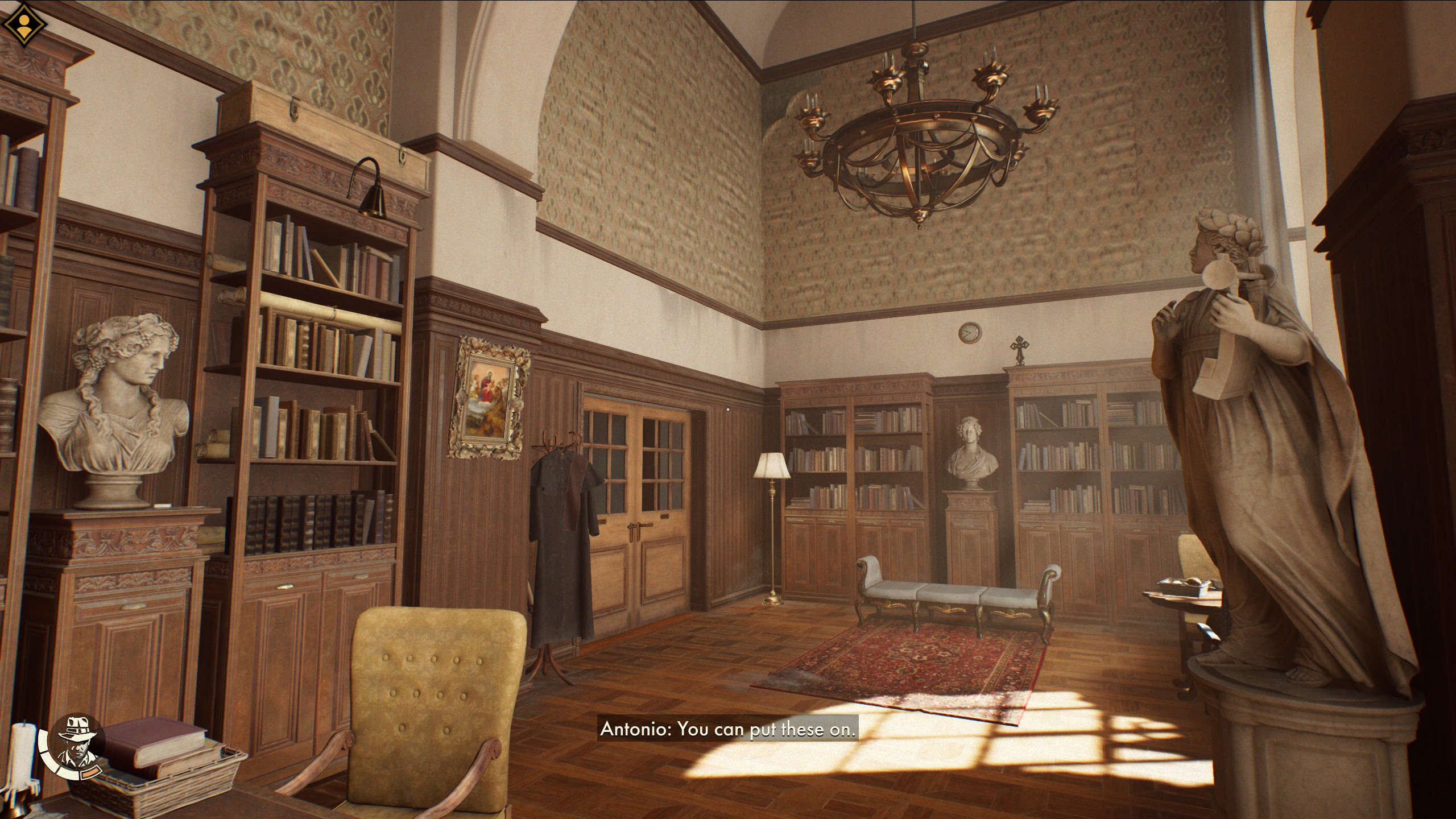
Indy starts with that priest outfit and can upgrade to an Italian fascist Blackshirt’s uniform (that feels very weird to say).
Rather than the dual-wielding ultraviolence of Wolfenstein, The Great Circle is all about more brand-appropriate hand-to-hand brawling, exploration, and puzzle solving. There are guns, but limited ammo makes them more situational tools—I only ever used Indy’s trusty revolver to help take down a particularly meddlesome boss. Of The Great Circle’s four pillars, the exploration is Indy’s ace in the hole, while the rest range from “situationally tolerable” to “pretty fun.” This game can be a bit wonky, but the overall experience, the immersion, atmosphere, and sense of fun are greater than the sum of its parts, with the magic and believability of MachineGames’ vision of the 1930s and The Great Circle’s fantastic storytelling carrying the day. I’m reminded of how the Elder Scrolls games have bad stealth, bad combat, samey dungeons, and uneven skill systems, but sell a fictional world so well, so completely, they’re still some of the best RPGs around.
In a preview of Indiana Jones and the Great Circle, PCG senior editor Robin Valentine worried it would wind up being just a mediocre stealth game. I’d go so far as to say it’s a bad stealth game, with the saving grace being that sneaking about Solid Snake-style is only core to a few story missions, while it can be minimized in the side stuff.
The Great Circle has simple, line-of-sight stealth, without much in the way of sound propagation, visibility control (camouflage or light/shadow), silent ranged takedowns, or tools for keeping track of enemies (a tagging system or radar). None of that stuff is particularly Indiana Jones, but only one of The Great Circle’s stealth levels feels tailor-made to these limitations. A nighttime infiltration of Rome’s Castel Sant’Angelo feels fit to task, with close quarters, limited numbers of guards, and lots of vertically-oriented alternate paths well out of their sightlines.
The other pure stealth sequences later are decidedly not that, with tons of enemies whose crisscrossing lines of sight preclude picking them off one by one, while the levels simultaneously lack reliable alternate paths around those guards. One main mission in particular felt like a base lifted straight out of Metal Gear Solid 5, but with less than half of that game’s information and tools at my disposal. These sections absolutely sucked, and I found myself just crouch walking through them as quickly as possible, ignoring any side content and keeping my fingers crossed that none of the guards’ “hey, I see you!” meters would fill up completely as I passed.
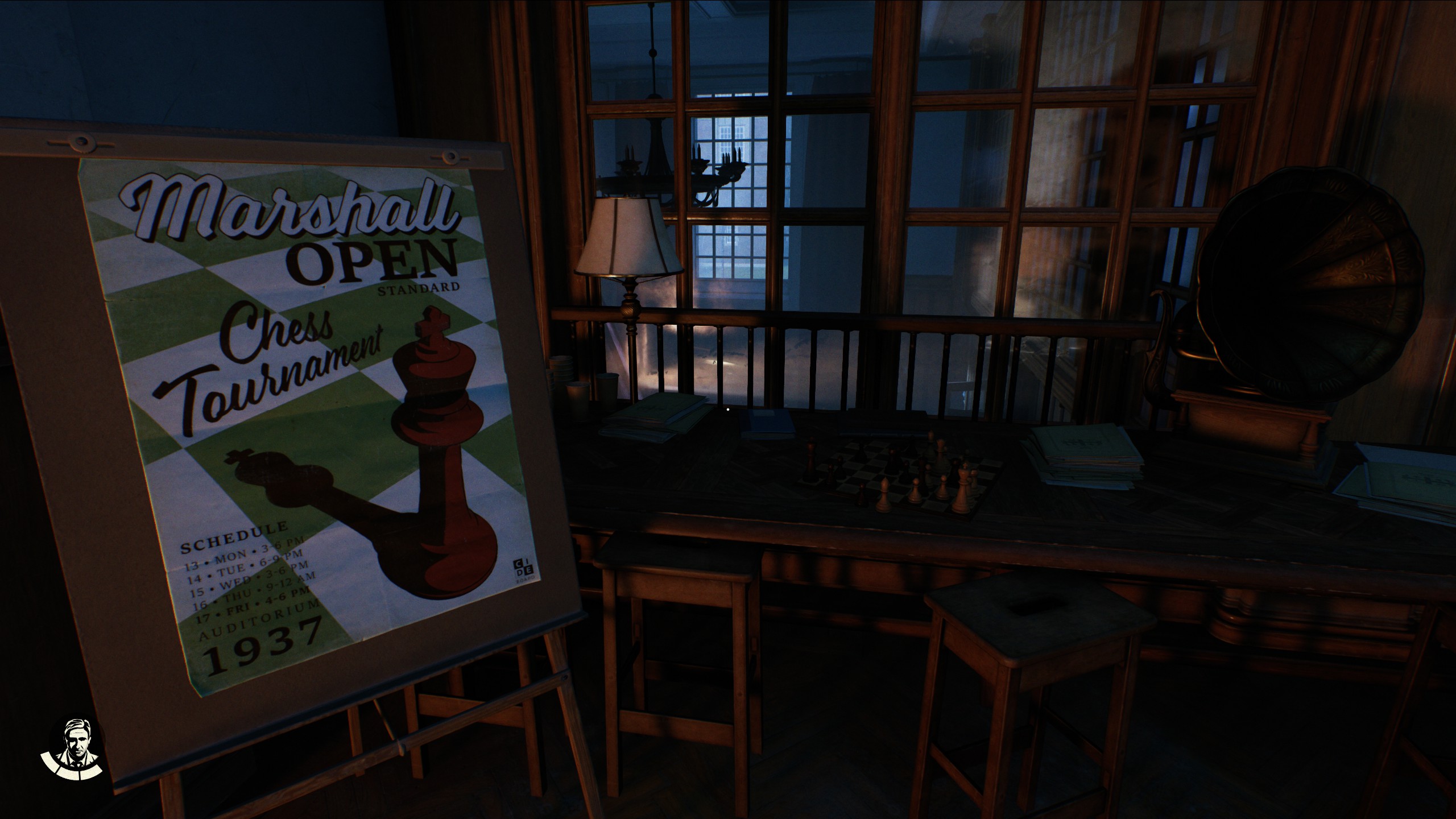
Thankfully there are only a few mandatory examples of these in the game, and stealth can be otherwise minimized through The Great Circle’s disguise system. It’s not Hitman, but it works well enough: Each open world hub has two disguises, one you get at the beginning that allows access to most of the zone, and another, hidden costume that lets you walk freely in restricted areas. In the Vatican, Indy starts with that priest outfit and can upgrade to an Italian fascist Blackshirt’s uniform (that feels very weird to say). While disguised, there’s no “that guy’s acting weird” quotient for you to worry about—you’re free to climb about, grapple with your whip in full view of anyone, whatever, with the only hard stops on your activity being thievery in plain view or archeologist-detecting officers who aren’t so easily fooled.
The Great Circle’s brain teasers are just barely upper middle class, like a notch above Uncharted.
It’s as simple as the line of sight stealth, but it works much better: It freed me up to explore and soak up The Great Circle’s environments without having to worry so much, while the remaining danger of being spotted by an officer adds just enough tension to keep things interesting. I also dig how NPCs will react differently to you depending on your disguise. Story-wise, this setup results in a multitude of scenes as tense and memorable as Wolfenstein’s train interrogation or Venus infiltration—one in particular that involved a fascist and a confession booth gave me a real belly laugh.
You’ve seen the brawling here before in better and worse form. You can punch and counter enemies, with a super-generous parry window meaning the fights are fairly fun and easy without wearing out their welcome. On the second-hardest difficulty, I only had real trouble with some optional boxing prizefights against The Fascist Heavyweight Champion of Italy and The Strongest Nazi Who Ever Lived—I kept getting up again and again for rematches like a brave glass jaw in an old cartoon, drastically increasing Indy’s risk of developing chronic traumatic encephalopathy. The one real moment of brilliance for the combat was a boss fight that paired stand up fighting with some avoidance horror straight out of an Amnesia game. The improvised weapon system, meanwhile, doesn’t add much mechanically, but it’s an undeniable joy to see everything you can whack Nazis with, as well as their varied takedown animations.
In the great videogame scale of “BioWare Tower of Hanoi puzzle” on the simple end to Void Stranger or “Day one Destiny Raid” at most complex, The Great Circle’s brain teasers are just barely upper middle class, like a notch above Uncharted. I was only really stumped once because I missed a super obvious aspect of a puzzle’s mechanics, but otherwise it was a lot of sensible self-satisfaction at deducing safe combinations, finding hidden paths behind breakable walls, and using mirrors to bounce light beams around in that one puzzle you always see. Something I really appreciated was just how many little puzzles there were—most side quests involved puzzle solving or navigational challenges of some kind, and I absolutely had more fun with that than I would’ve with yet more base clearing or whatever else most open-worlders have us doing these days.
Papal State of mind
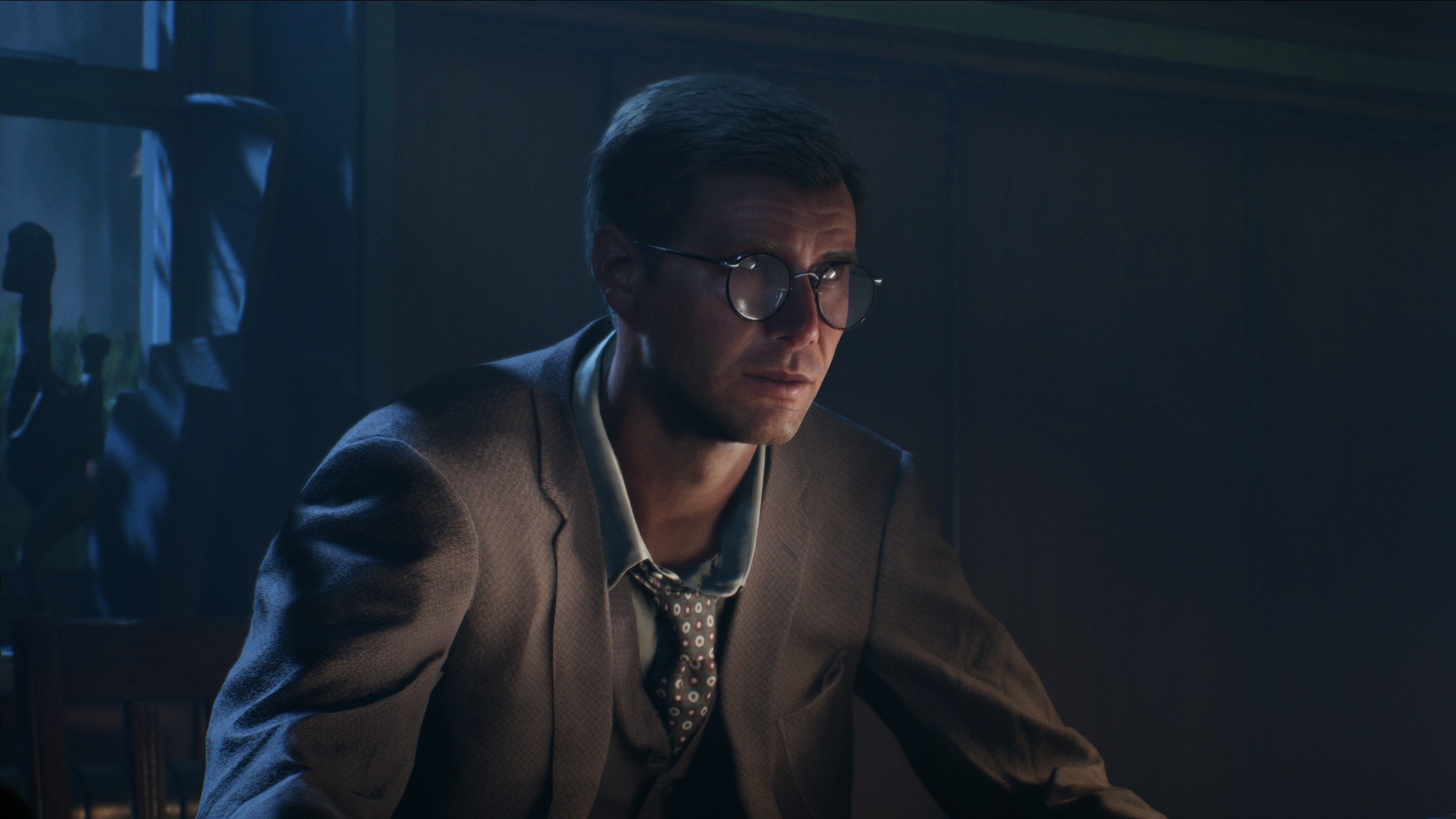
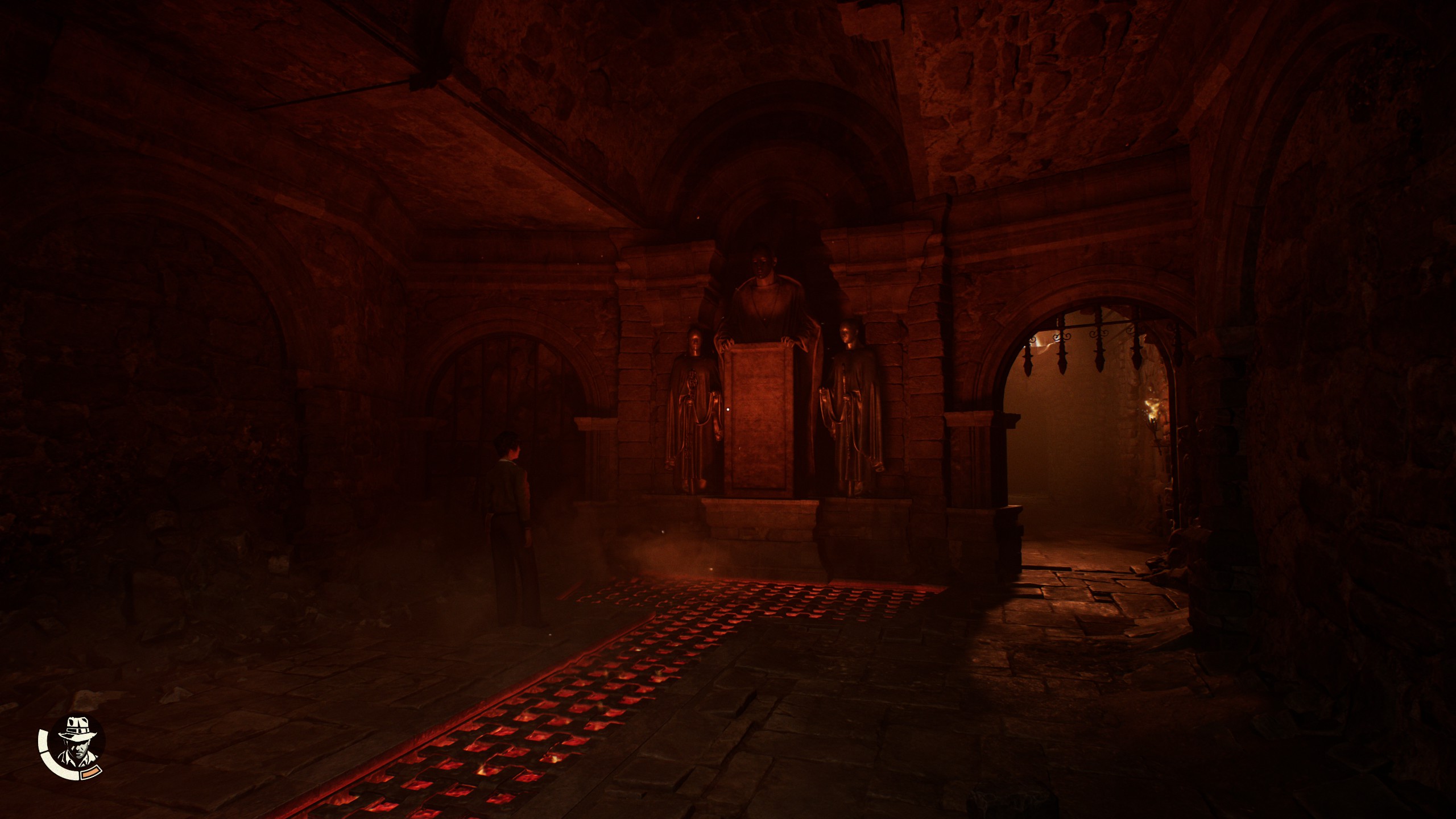
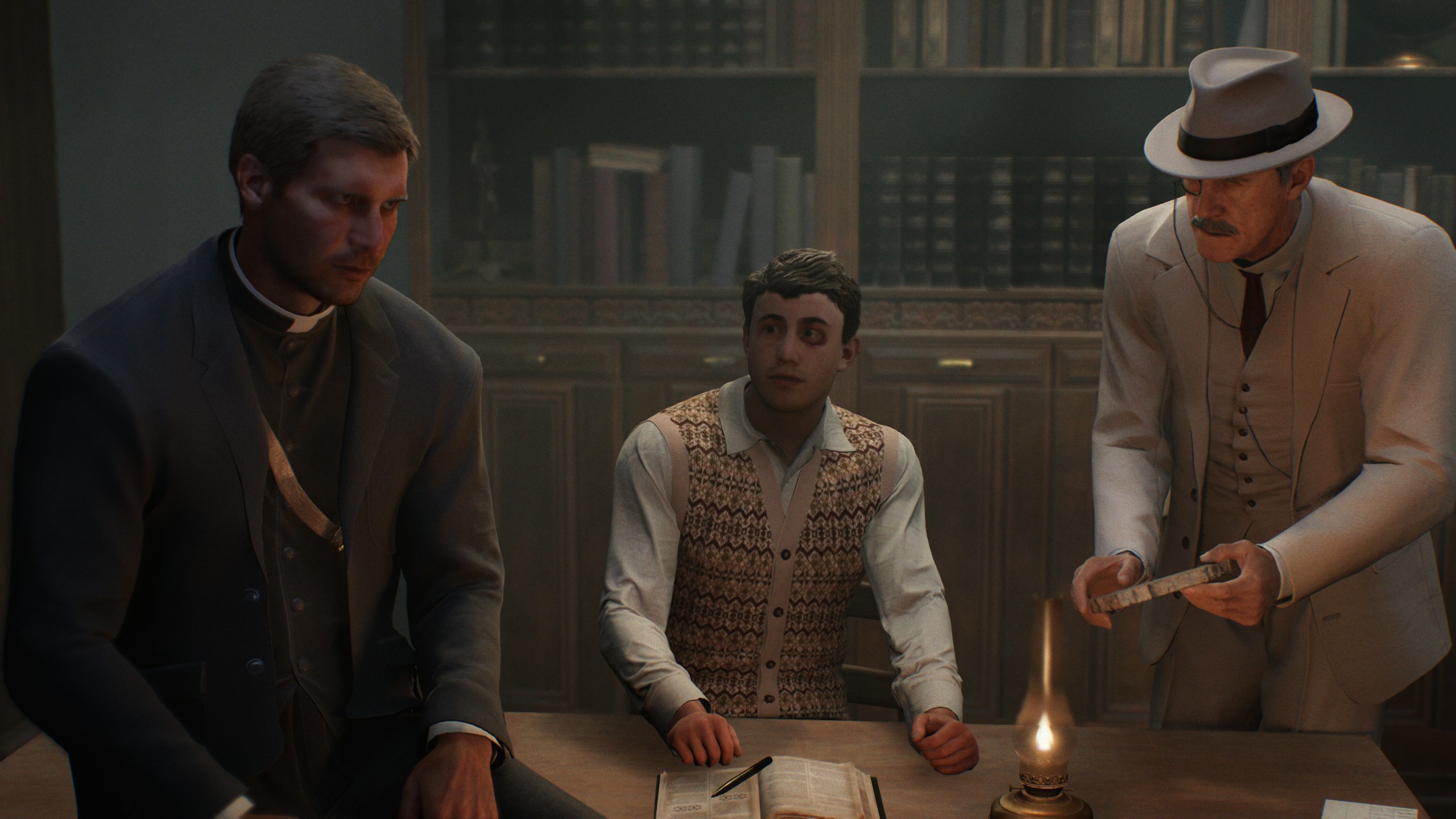
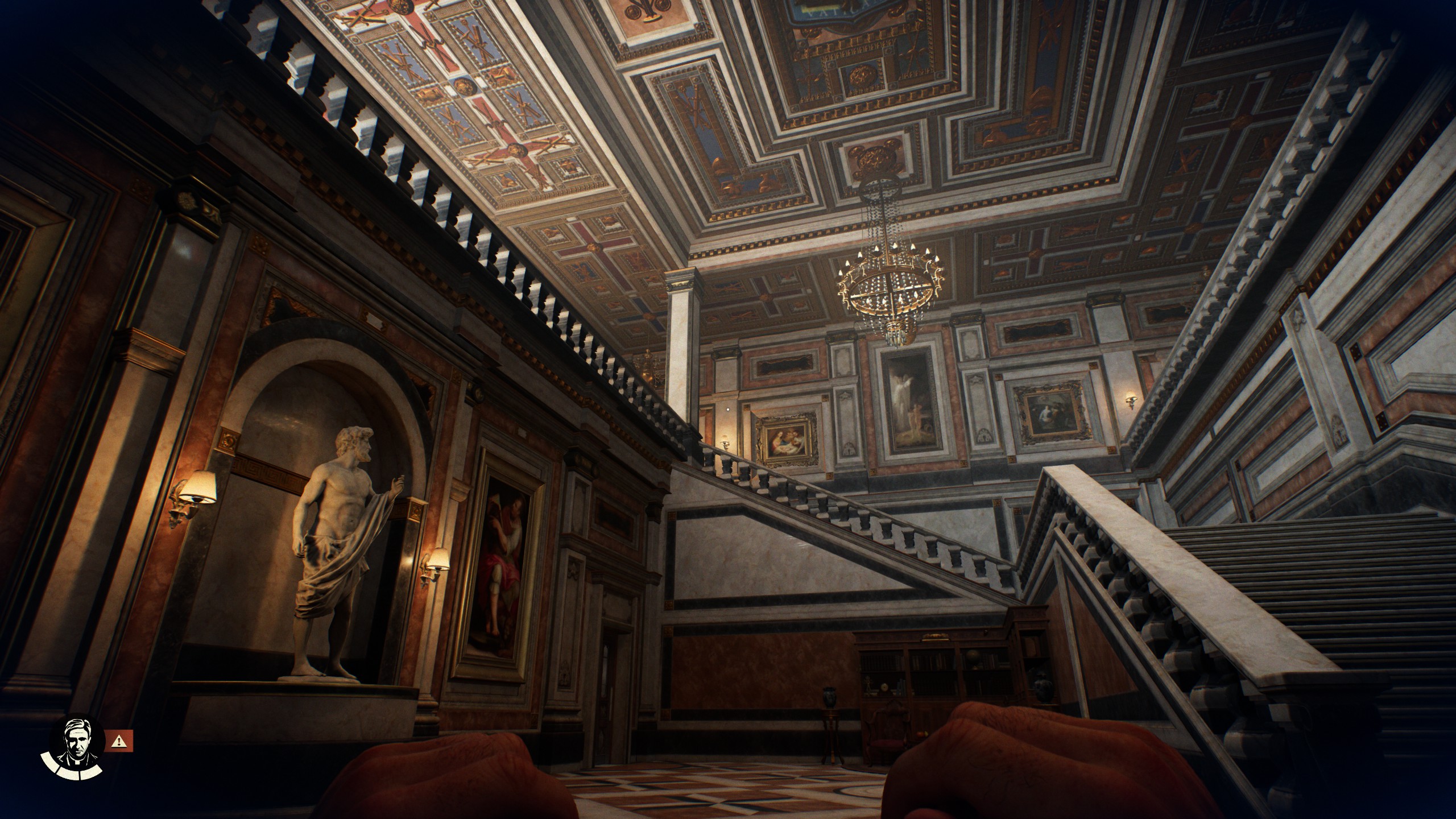
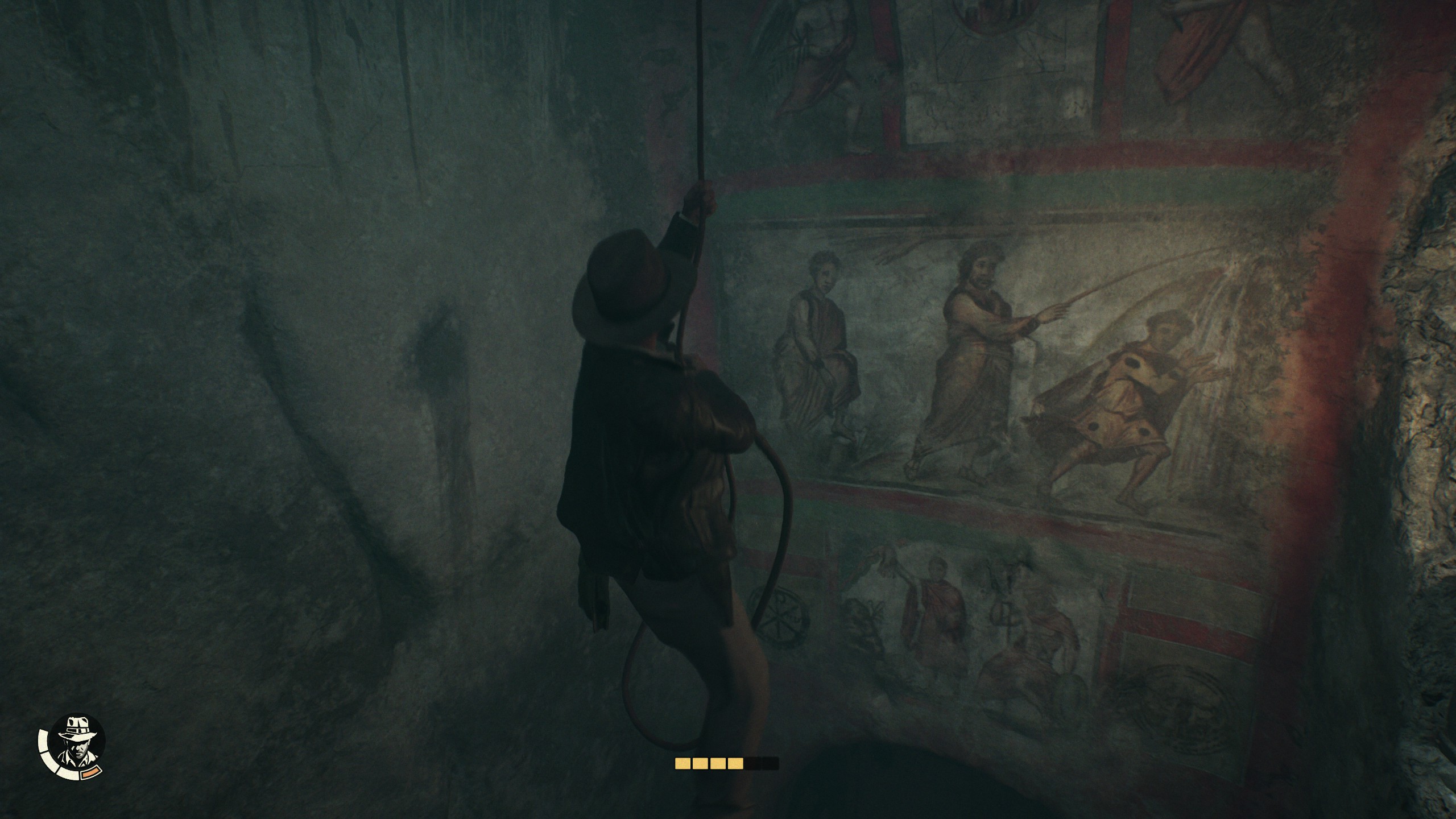
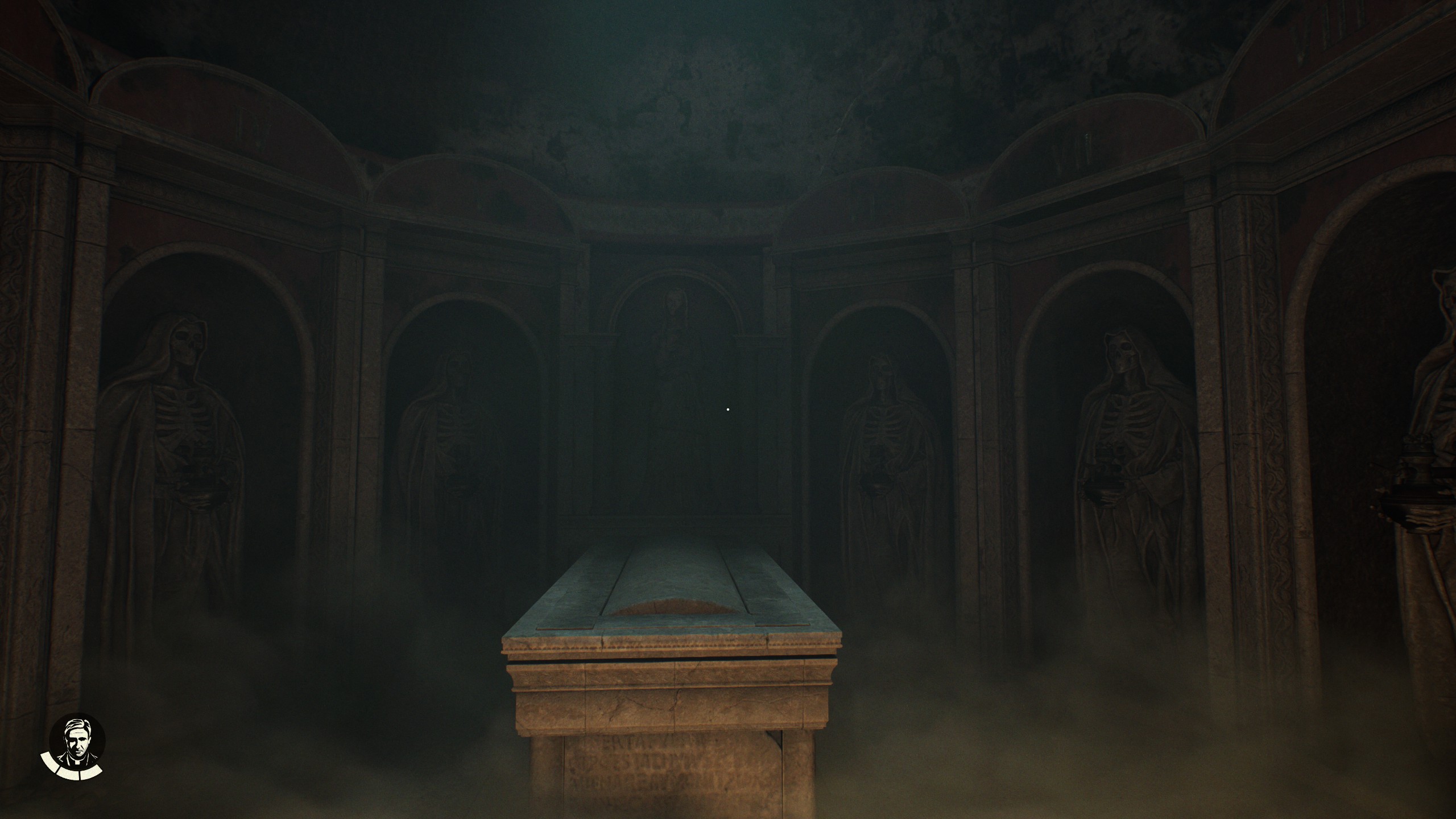
Indiana Jones and the Great Circle is organized around three acts with their own open world hubs, with more linear, set piece missions stringing them together, and the design of these levels is the real triumph of the game: The open ended areas have the density, inspired design, and “feels like a real place” magic of a Deus Ex hub (Paris, Hong Kong, Detroit) or Dishonored map, and exploring them was pure joy.
Indy gets a range of different objectives in the hub zones, with your main story quest front and center, a selection of three or so story and cutscene-heavy side quests that are virtually indistinguishable from the main stuff in terms of production values, and then a wide array of bite-sized “mysteries” or one-off little side-puzzles whose stories are mostly told through notes and other clues in the environment.
Vatican City is the peak of the game for my money: It’s a visual feast, all sumptuous Renaissance interiors—including a digital facsimile of the Sistine Chapel—and towering architecture over sunny cobbled streets. It 100% feels like there was an Assassin’s Creed level of historical research (and budget) poured into The Great Circle’s environments. The urban density of Vatican City also really works in its favor compared to the other two hubs, which have more of a sprawl to them. The Vatican looks like it has a small footprint based on its map, but then you’re climbing up and down buildings, crisscrossing through shortcuts, or popping out of windows to shimmy to hard-to-reach areas.
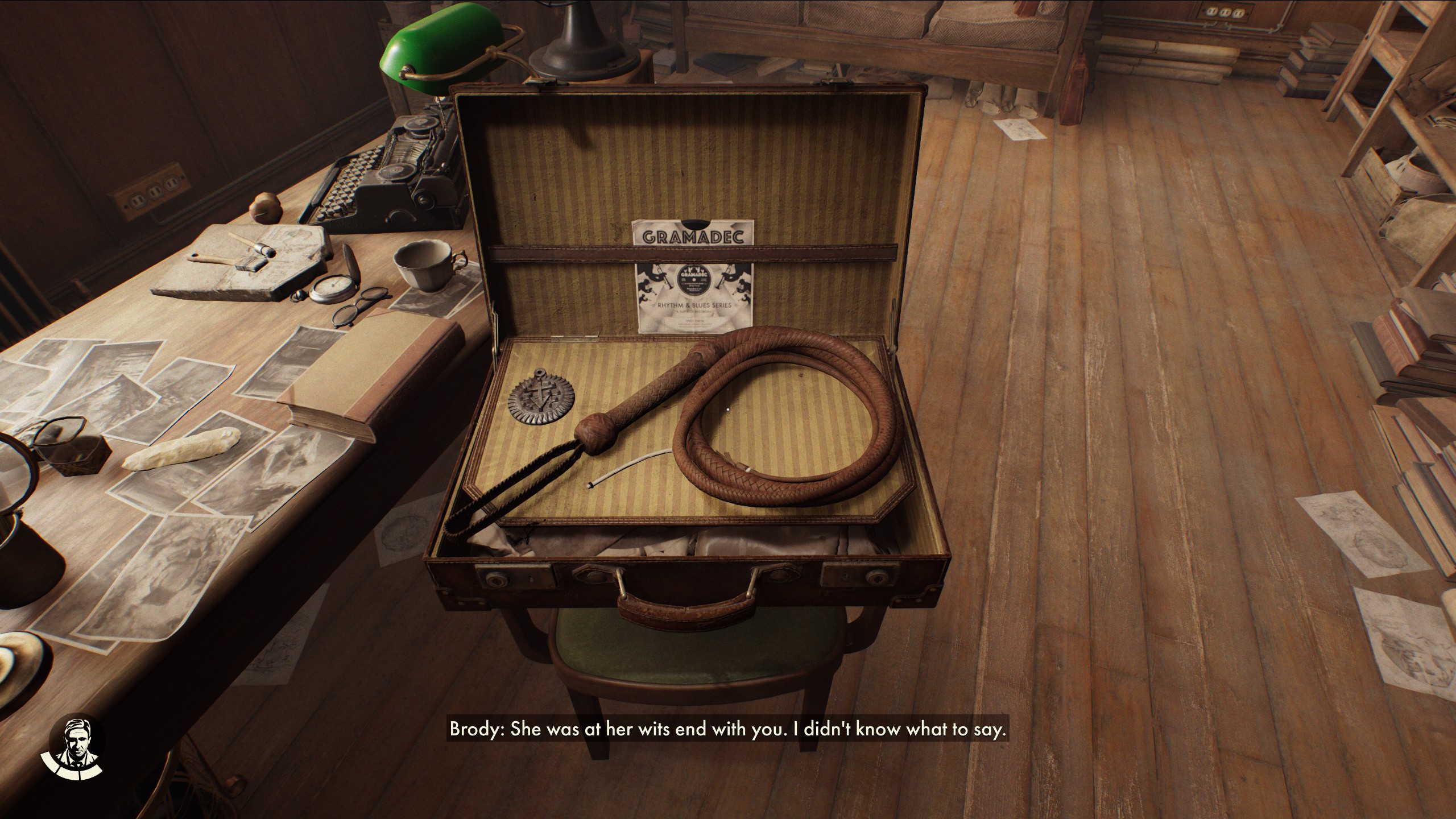
The second act, which takes place in the shadow of the Pyramids of Giza, almost feels more like a slice of The Elder Scrolls. It verges into a little bit of that open world checklist gameplay, but it still worked for me thanks to The Great Circle’s capacity for surprise. Even if the puzzles weren’t too complex, the fact that each stop in the desert was unique—often with a little surprise or twist of some kind—had me wanting to see what each one had in store. I was reminded of Cyberpunk’s gigs or The Witcher 3’s monster contracts: This side content is fun to do on its own, independent of checklist clearing or character upgrade enticements.
The hub zones also reward exploration beyond formal quests. Money and ancient relics (that Indy is ostensibly returning to their rightful homes) are liberally scattered among the tasteful environment clutter and in all sorts of secret chambers or other nooks and crannies. I found a Thief-like appeal to waiting until guards’ backs were turned to hoover up everything worth taking. They unfortunately didn’t have terminals to hack into back in 1937, but The Great Circle provides the analogue version of that voyeuristic immersive sim thrill with inter-office memos and fascists’ diaries for Indy to purloin.
MachineGames remains the industry leader at making new kinds of sneering Nazi freaks.
For the climactic bits of the game, The Great Circle does console-style, minimally interactive “wow factor” set pieces better than maybe any game I’ve played. I usually don’t even go for that sort of thing—I like RPGs and systemic interactions and other crusty PC gaming things. Substance, not flash! But The Great Circle had scenes that were so imaginative and surprising, I was just 100% on-board. An early one sees Indy catching a ride on a departing zeppelin by hooking it with his trusty whip, followed by a short sequence of climbing and ledge shimmying on the outside of the dirigible as Rome sprawls below you. I don’t want to spoil too much, but later on you literally pull off a prop plane version of the beloved Battlefield Jet Swap, and that had me hooting and hollering in my office.
Tenure track
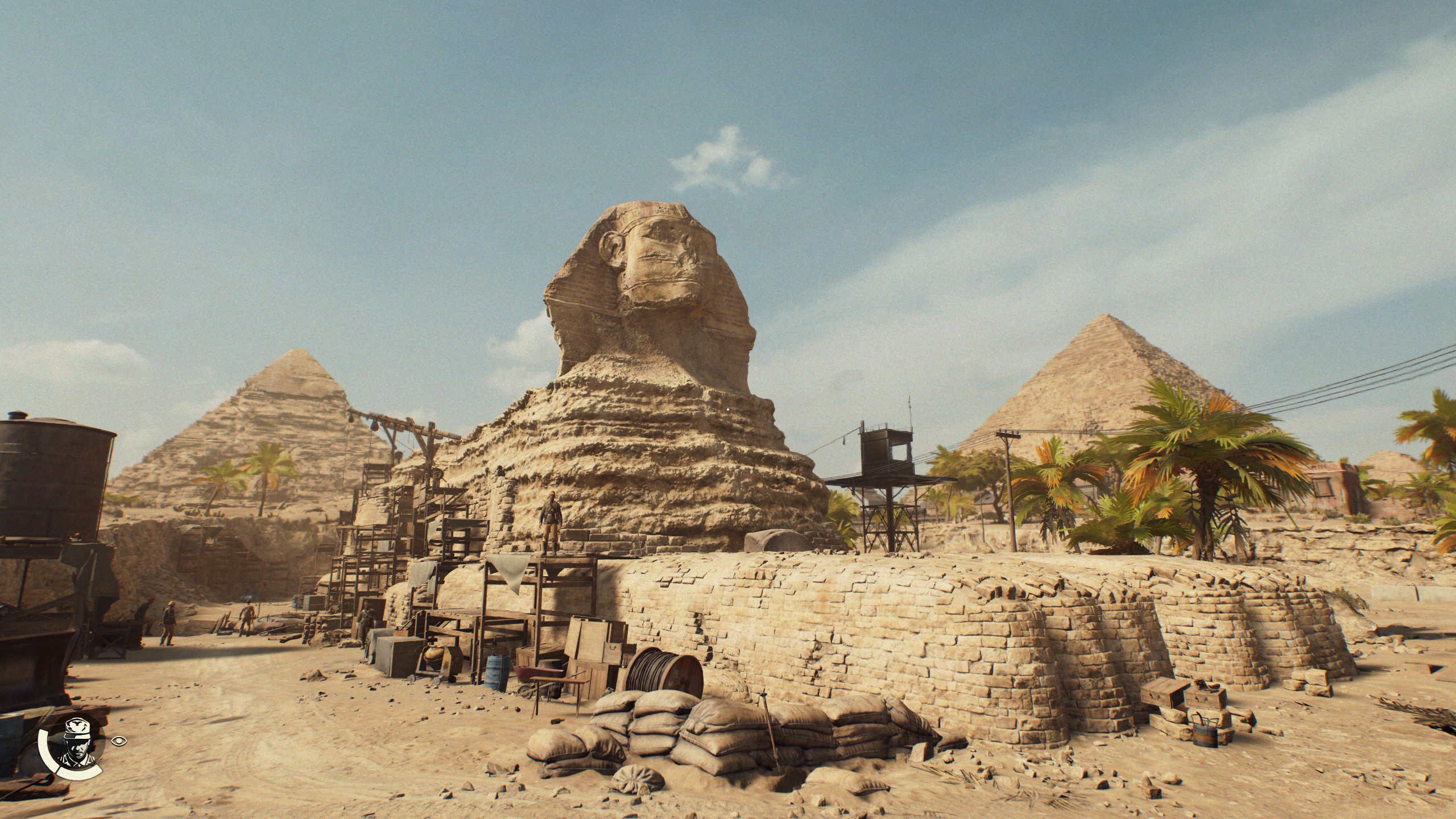
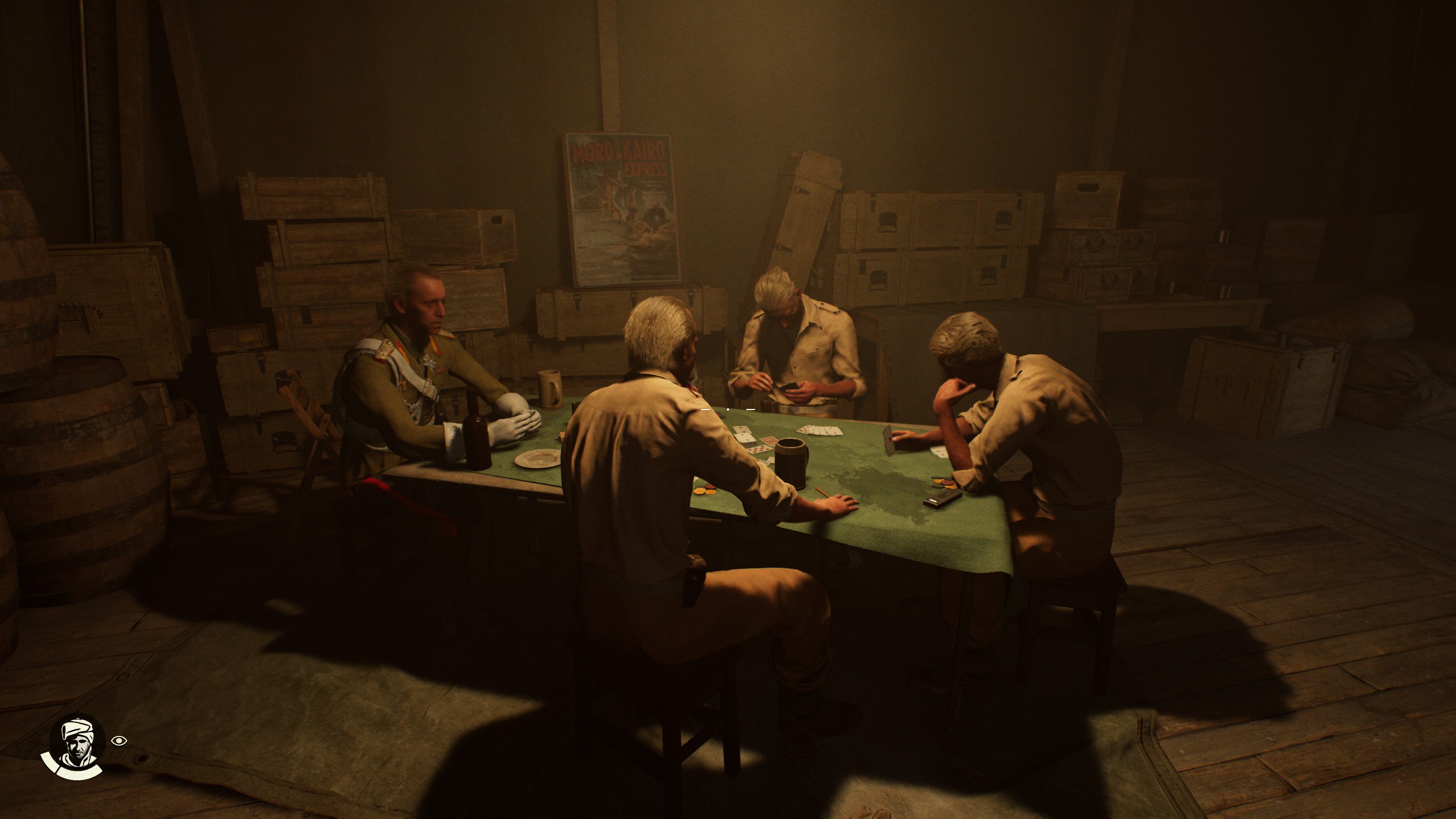
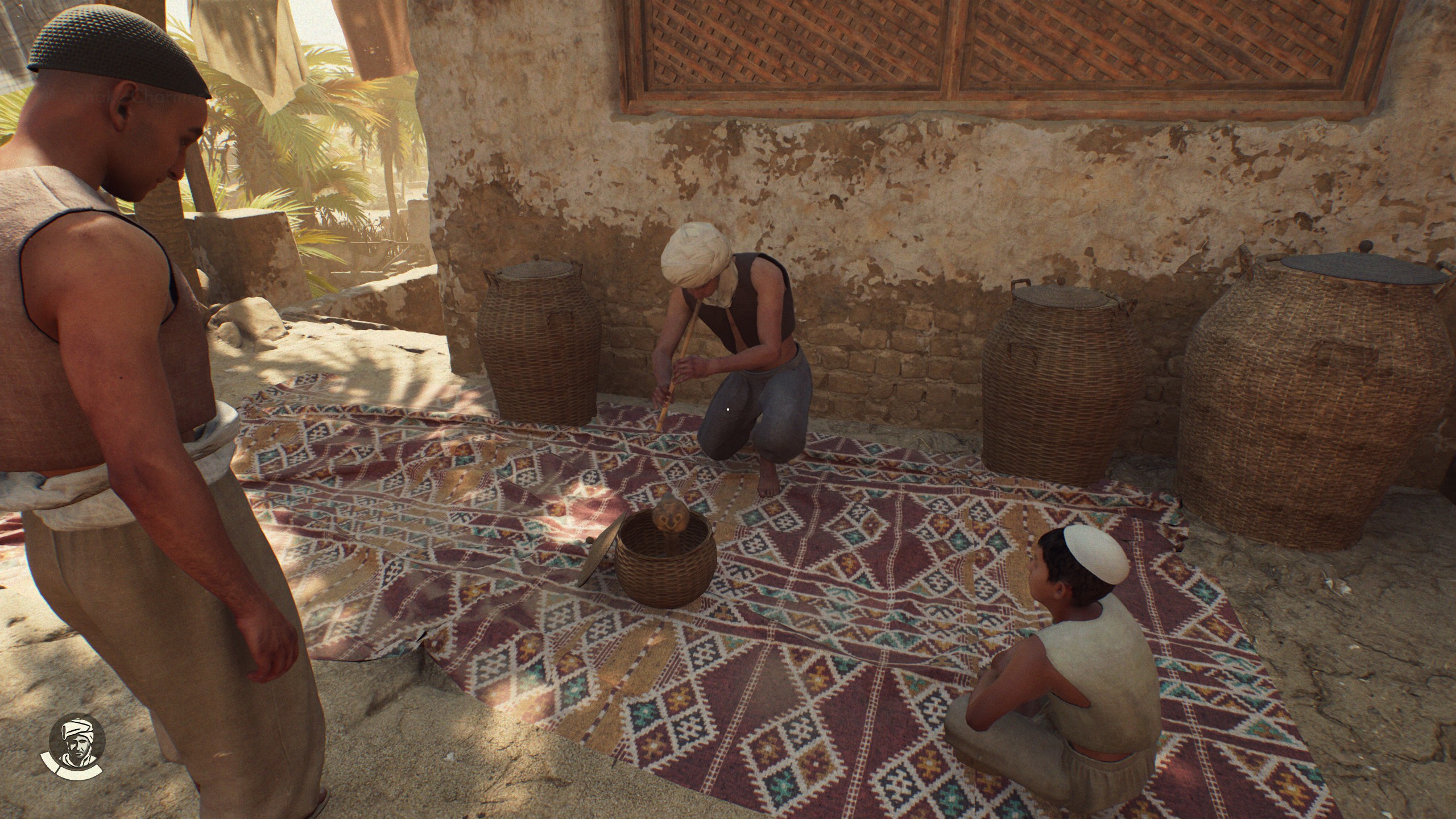
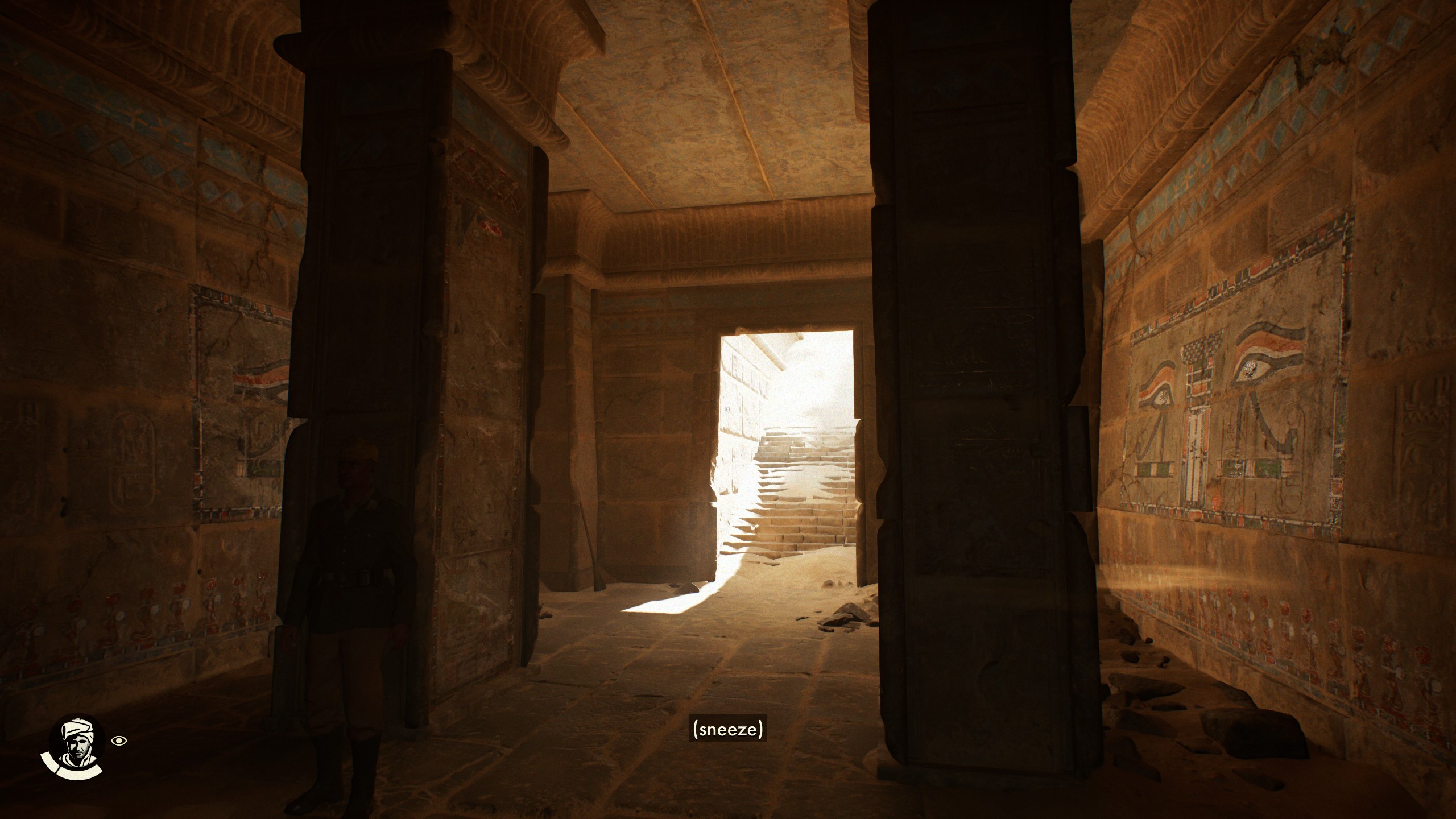
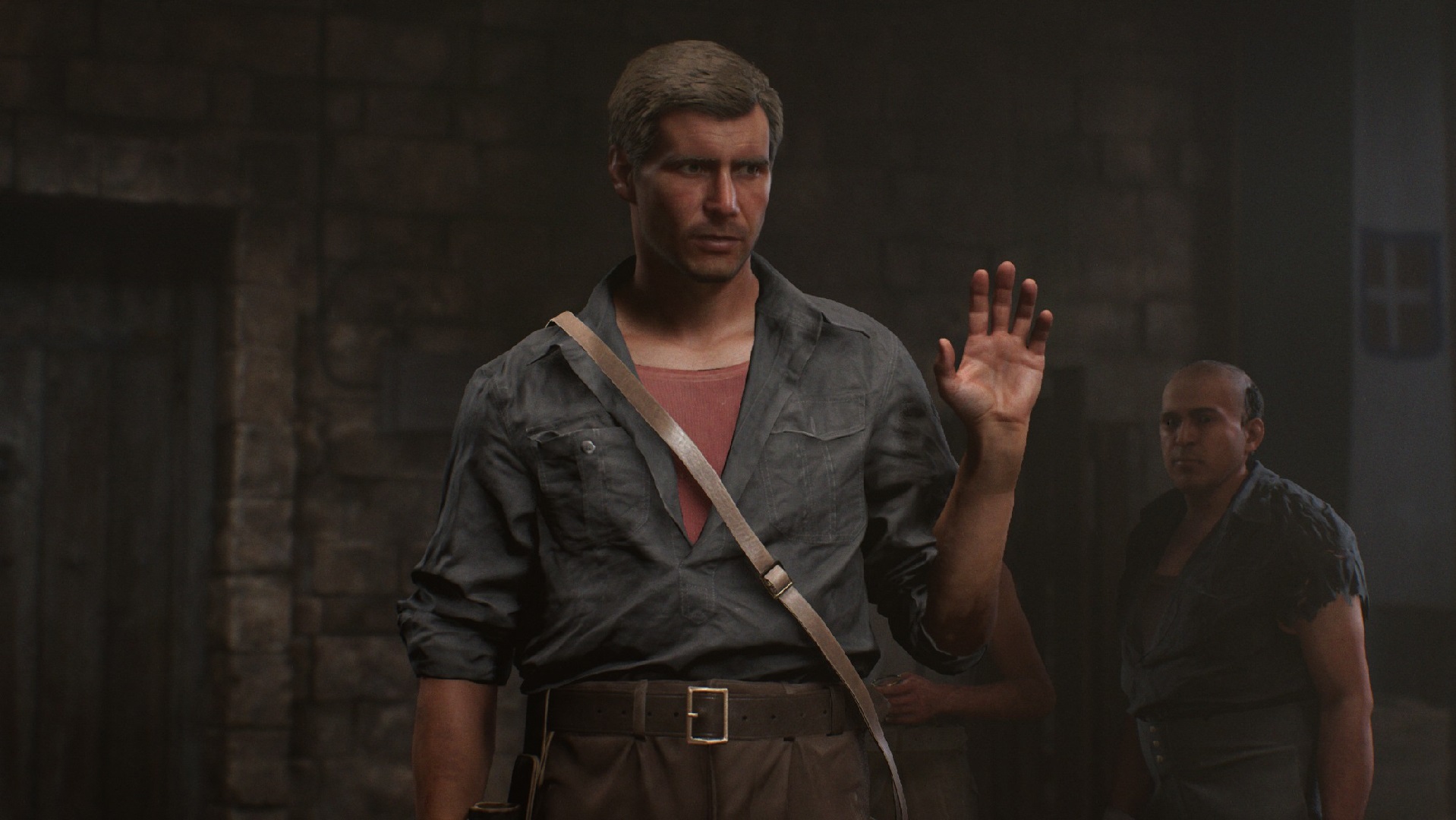
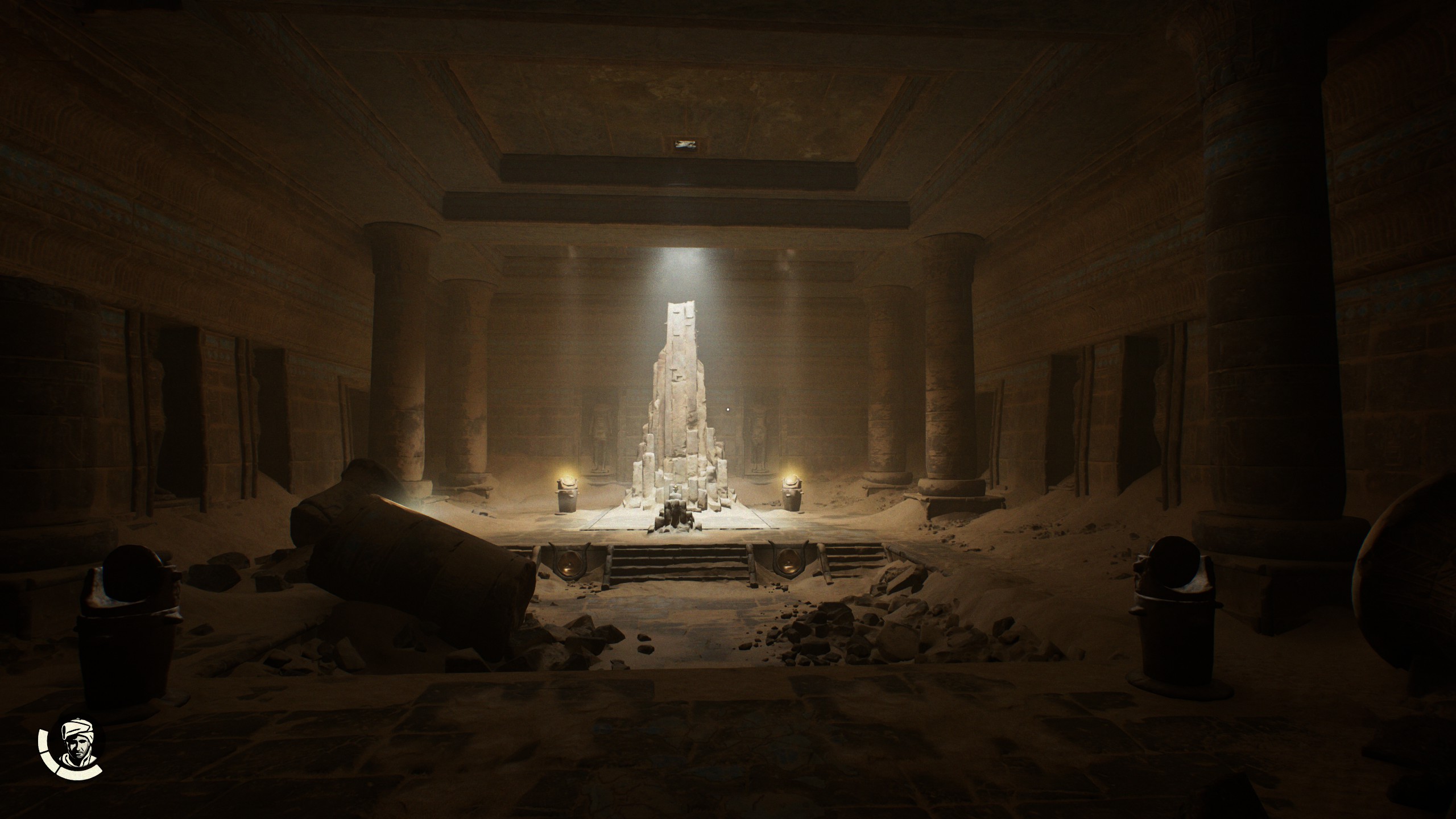
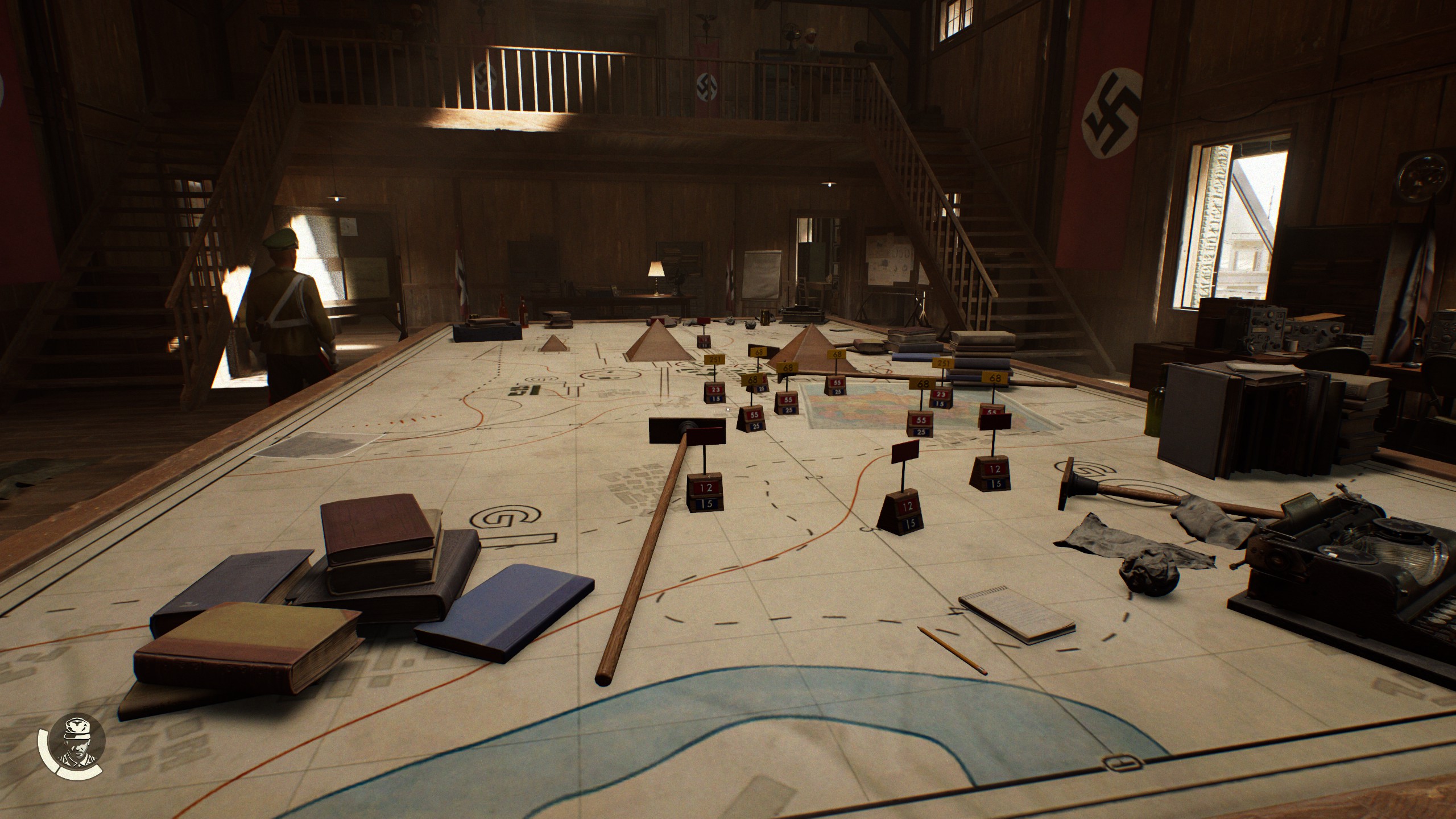
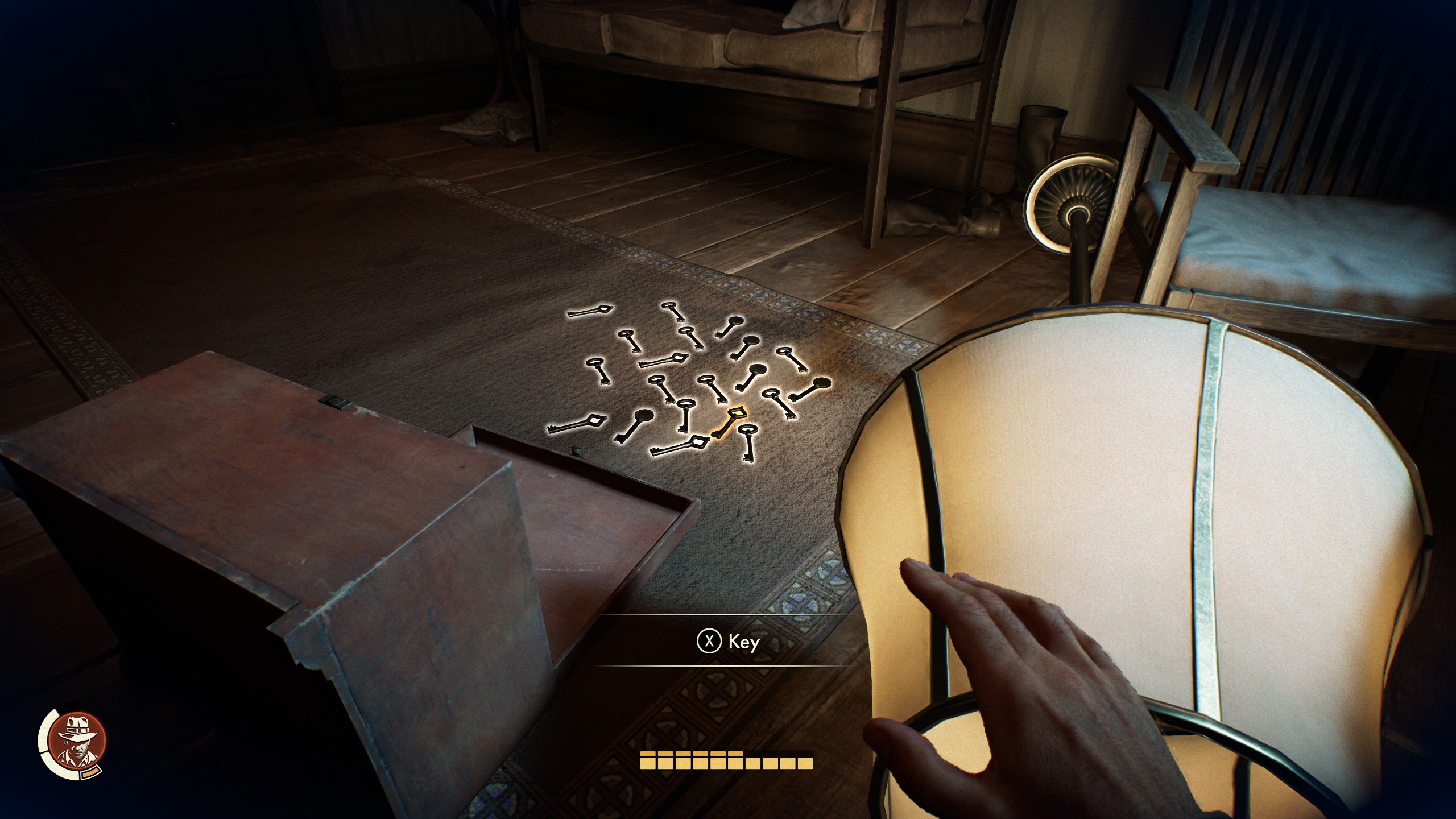
Troy Baker’s turn as Indy is killer. He can say he wasn’t trying to impersonate Harrison Ford, but I would have confused him for the real thing if I didn’t know better. And beyond that, he just gives a phenomenal performance that nails Indy’s easy, everyman-concealing-academic charisma. I’m usually against the digital de-aging/necromancy thing—qualitative issues aside, I feel like it speaks to how stunted we’ve gotten culturally, we apparently can’t make new movie stars and have to reheat the old ones—but I’ll make an exception here and hope that Harrison Ford is getting a big fat check in the mail for it.
I wanted to punch the guy and shove him down a hill the second he showed up onscreen.
The rest of the cast is similarly full of winners, calling to mind the great ensemble from the Wolfenstein games: You’ve got a fiery antifascist reporter, a jovial and portly cardinal, a sophisticated aristocratic patron of archeology, and a guerilla freedom fighter, to name a few. I’d like to make special mention of the late, great Tony Todd’s turn as one of the game’s antagonists—this may be one of his final performances, and he just oozes menace, but with a mysterious dignity and gravitas as the eight-foot-tall man who kickstarts the adventure.
MachineGames remains the industry leader at making new kinds of sneering Nazi freaks who twirl their proverbial mustaches while declaring “Oho, you sentimental fool, but it is I who has the upper hand.” There’s this awful fascist-sympathizing priest who serves as your act one starter villain at The Vatican—think a stuffy sitcom principle guilty of collaboration with world-historic crimes—and he winds up serving as the perfect punching bag to introduce our true villain, Voss, the freakiest, creepiest, most “I’ll get you next time, Herr Jones!”-ass Nazi villain to ever come out of MachineGames’ R&D skunkworks. I wanted to punch the guy and shove him down a hill the second he showed up onscreen.
As a final note on playtime and tech: The Great Circle is a great value as far as triple-A games go, laughing those pre-release playtime estimates of “12 hours or so” outta the room with a robust runtime more in the 30-hour ballpark for a thorough, but not completionist playthrough. Graphically, this thing is beautiful but a system hog, punishing my poor RTX 3070 with its always-on ray tracing and VRAM gluttony. But even with lighting and textures down to low (the only setting that wouldn’t give me a big old VRAM warning) and DLSS Performance mode at 1440p, The Great Circle is an absolutely gorgeous game. I did notice some obnoxiously flickering, shimmering shadows in the foliage-dense introductory areas that persisted no matter what shadow quality I set things to. That feels day one patch-coded, but even if it’s not, it proved less of an issue later on.
The Great Circle is an odd duck to be sure, combining immersive sim level design with set piece spectacles that put Call of Duty or the Sony first party stable on notice; incredible graphical technology and triple-A polish with some truly baffling and idiosyncratic design choices. Despite (and at least partially because of) that funkiness, it’s one of my favorite releases of this year and a new outing from a favorite studio that was well-worth the wait.



